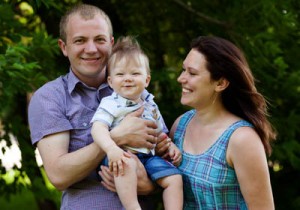 It has not been that long since drug use was something that few people struggled with or talked about. Before the 1960s, marijuana was just used in isolated areas and heroin use was restricted to certain circles of the population, usually in urban areas. Heroin spread through the jazz and Beatnik subcultures in the 1950s, then when US soldiers went to Southeast Asia in the 1960s, some developed heroin abuse habits and brought those habits home with them.
It has not been that long since drug use was something that few people struggled with or talked about. Before the 1960s, marijuana was just used in isolated areas and heroin use was restricted to certain circles of the population, usually in urban areas. Heroin spread through the jazz and Beatnik subcultures in the 1950s, then when US soldiers went to Southeast Asia in the 1960s, some developed heroin abuse habits and brought those habits home with them.
Cocaine use spread across the country in 1985, creating tens of thousands of addicts and filling jails. In the late 1960s, marijuana and hashish use became far more popular, followed by psychedelics like LSD, mescaline and psilocybin or “magic mushrooms.”
Of course, alcohol has been destroying lives and families for hundreds of years. Alcohol has become readily available in nearly every city in the US, meaning that just about anyone who has an uncontrollable thirst for it has a source.
In the second half of the twentieth century, an upsurge in the development of new prescription drugs brought more pills to the market, and following this trend was drug dependence and addiction. Miltowns, Valium, Vicodin, OxyContin, Soma and many other drugs trapped their users in painful addictions, some requiring difficult and dangerous withdrawal periods to get clean.
How do we reverse this growing trend of drug use, drug dependence and addiction?
On a one-on-one basis, effective rehabilitation is the best way. But on a large scale, the only effective tool I know to use is education. This is why we have created and added so much educational information to our website. We want people to understand the harm that can come from trying these drugs. Some of them can addict a person with just one try – like crack cocaine, methamphetamine, hydrocodone or oxycodone.
At Narconon, we fully support a drug-free culture in our country. This is our goal, this is the intended result of our actions every single day. In nearly fifty years of helping people recover, we have seen how possible it is to recover full sobriety after addiction. We have seen that addiction recovery does not seem to require the use of other drugs as part of treatment because our students never receive drugs during treatment and the majority stay sober after they go home. (Of course, any needed medications for health conditions are always continued under a doctor’s supervision.)
We help people recover their own self-esteem and achieve relief from guilt and cravings, no matter what their genetic backgrounds are. With the hard work of William Benitez and L. Ron Hubbard, we have a recovery program we are very proud of. By helping those who need help gain the life skills they need to stay drug-free, we work at creating a new, sober culture for our country, and for our children to grow up into. We do this every day, at all our centers around the world. We welcome your support and help.
